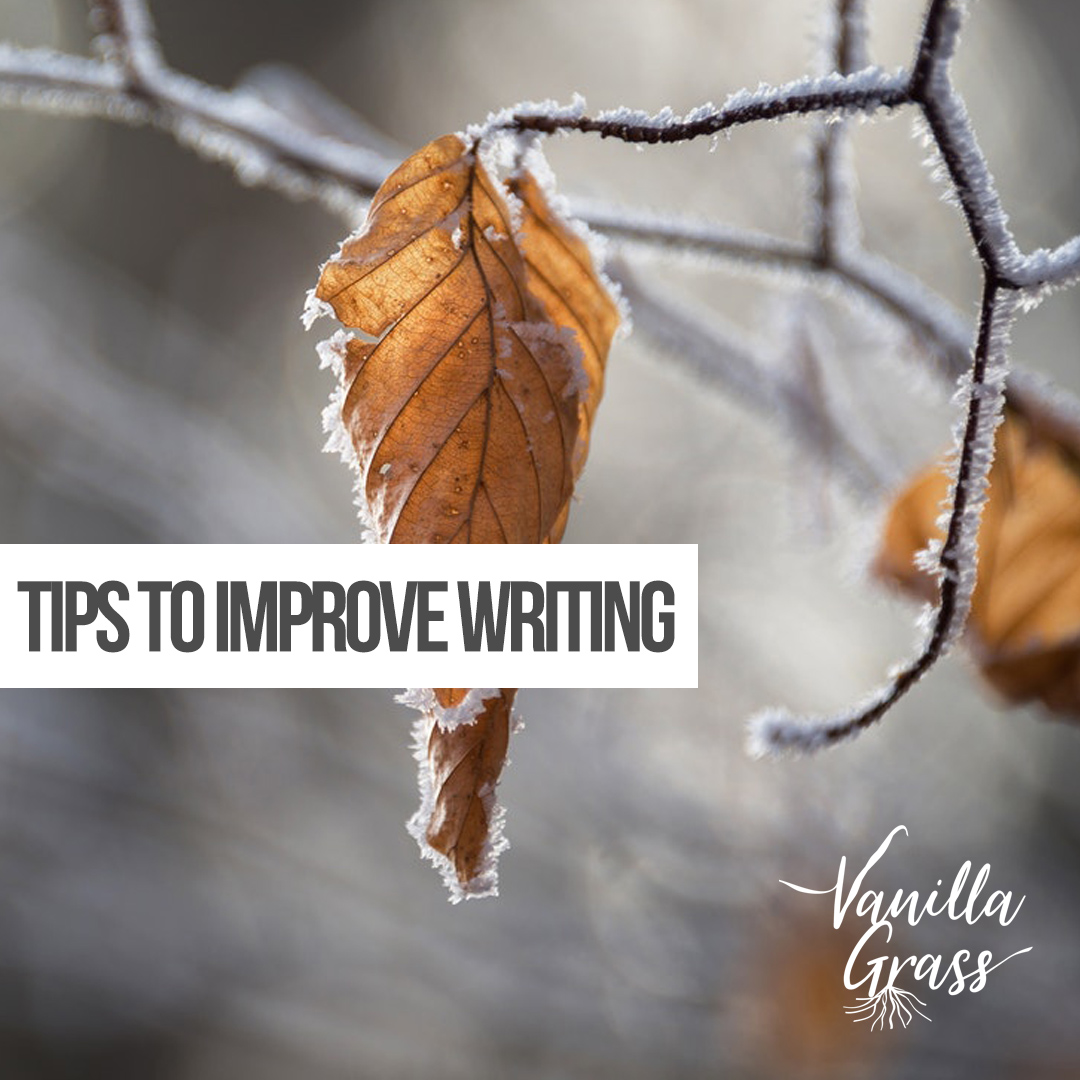Tip #3 to Improve your Writing: Use Dialogue Tags that Make Your Writing Flow
Dialogue tags can make or break a writer. Done well, they move the story along and help clarify who’s talking. But used incorrectly, dialogue tags can stop your story cold. Hence the need for our bi-weekly tip series, Tips to Improve your Writing (#3 – Using Dialogue Tags).
You can see past tips one and two here and here.
As a mother of four, I’ve read thousands of picture books, early readers, and chapter books to my kids. I LOVE sharing literature with them. But I have one issue, and that’s the overuse of dialogue tags in most kids books. I get why they need to be there–young kids struggle to understand who’s talking, but repetitive tags drive me nuts!

For example:
“Let’s go to the store,” Mom said.
“I want to play,” I said.
“I’ll bribe you to do what I want, when I want, with candy,” Mom said.
“Okay,” I said.
Is anyone else getting sick of reading, “I said” and can someone make a book with that third line as the premise? 🙂 I’d love to read a spin-off on parental tactics backfiring.
Improve Your Writing Using Dialogue Tags
You’re probably thinking that I’m going to give you amazing alternatives to using, “I said.” Maybe you believe I’ll tell you to use some of these tags:
He whispered.
She screamed.
He grumbled.
She snapped.
WRONG.
If you need to tell who’s speaking, always use, “I said.” Why? Didn’t you just convince me why I shouldn’t use that?
Here’s the reason why: the dialogue tag “I said” is white noise when used sparingly. It conveys exactly what the reader needs to know by telling who is speaking.
But wait, aren’t we supposed to show, not tell?
The answer: not always. Why? Because the main info your character needs when using a dialogue tag is who is speaking. That’s it. The dialogue itself, the action, the internal feelings conjured by infusing symbols–that’s where you should show.

Apply your flowery perfume to everything else, except the dialogue tags. Screamed, threatened, begged, etc, comes across better when you show these actions instead of saying them directly. So technically, using elaborate dialogue tags is actually telling, not showing.
Instead of:
“Don’t ever come back here,” he threatened.
Bad example
Try:
He slammed his hand on the table, causing my drink to slosh over the side. With a sneer, he leaned in close, his whisky-filled breath curdling my stomach. “Don’t ever come back here.”
Better example
See how much more showing is above? And if you look close at the example and what it’s missing, you’ll figure out our final Tip to Improve your writing.
Not Using Dialog Tags

My favorite writers hardly ever use dialogue tags. They spend more time describing action, feelings, scenery, etc. in relation to the characters than throwing out comments without any indication of who is speaking. For these writers, the dialogue flows naturally in the middle of the action like the better example above that lacked a tag.
So pick up some books and find this style of writing in action and try it out. You may find that your writing improves significantly in other areas when you avoid the majority (but not all) of dialogue tags.
We hope you enjoyed Tips to Improve your Writing (#3 – Using Dialogue Tags). Visit us for more articles posted every week. Or check out our free critique service or plotting calculator.
Happy writing!

